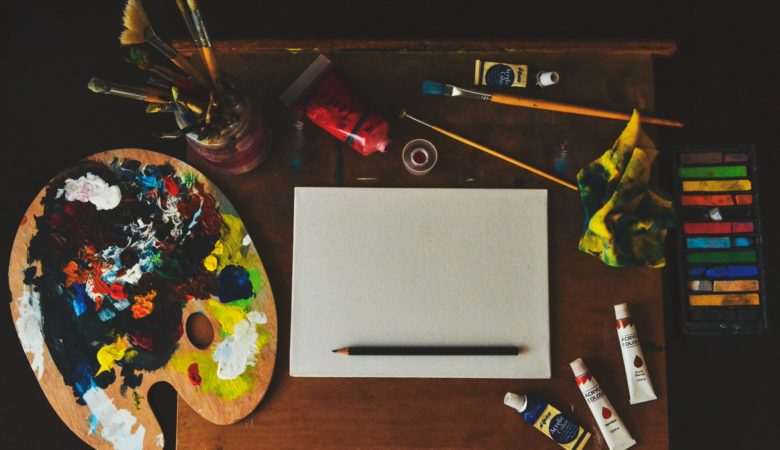From Coloring Books to Canvas: Art Therapy is Good for the Soul

Human language is a complicated thing. Though most everyone uses it for basic communication on a daily basis, it can come up surprisingly short when you really need it. As people, we’re instructed subtly (and unsubtly) to avoid certain words. Others may not have been taught a particularly extensive or expressive vocabulary. In some instances, extreme stress or trauma is difficult to discuss or relive. In all these cases, when the time comes for us to relate their deepest and most complex emotions, many people are at a loss for words.
You’ve heard the expression that a picture is worth a thousand words; that’s the idea behind art therapy. This beneficial form of treatment has been used for centuries (whether consciously or not) to help people process and treat negative emotions.
You Don’t Have to ‘Have Talent’
Some people who might potentially find some solace in the embrace of art therapy refuse to start because they don’t believe they’re talented, and the idea of taking lessons is daunting, regardless of whether the lessons are one-on-one or in a large class. Don’t let that bother you. The primary purpose of art therapy is to express yourself. That doesn’t mean you require regimented instruction. Just put the brush to the canvas and see what develops.
In his book Bluebeard, Kurt Vonnegut tells the story of a failed abstract expressionist, who—though technically skilled as an artist—lamented his ability to follow in the footsteps of abstract masters like Jackson Pollock. Though unable to draw a straight line, the talented abstract expressionists poured their emotion onto the canvas, cleansing themselves and sharing the complexity and beauty of human emotion with their audience. To Vonnegut, technical skill is an afterthought; the true genius of good art is in capturing emotion on canvas. And you don’t need painting lessons for that.
How Do I Get Started?
Iconic cartoonist Scott McCloud has a pretty broad definition of art. Essentially, it’s anything that doesn’t meet a basic need. More specifically, in his text Understanding Comics, McCloud says that art is “a way we assert our identities as individuals and break out of the narrow roles nature casts us in.” In other words, art isn’t necessarily painting. It’s anything that makes you comfortable and inspires you. It’s anything productive you use to express your individuality.
As a result, art therapy can be anything creative: painting, of course, but it can include journaling, sculpture, creative writing, collage work, model building, crocheting, music therapy and so much more. Art therapists rely on a massive variety of options when crafting a therapeutic regimen.
Benefits of Art Therapy
The active benefits of partaking in regular art therapy are almost too numerous to list:
- Nonverbal Emotional Outlet: As expressed earlier, when traditional therapy fails to be effective, art therapy provides an avenue to express and exorcise negative emotions we might otherwise cling to.
- Improve Self-Esteem: Working on and completing a work of art feels good. It may not look like much to others (at least not when you first start out), but physically completing a work of art is an act of commitment and effort. It’s something to be celebrated, and that’s precisely how you’ll feel when you put the final touch on your masterpiece.
- Increase Concentration: To produce something worth calling art, you have to focus. You have to spend large chunks of time dedicating your brain to one thing. Once you get into the habit of concentrating on art, you may find it that much easier to focus on other things, too.
- Relieve Stress: One surefire way to eliminate stress and gain perspective on your current trials is to spend a little time thinking about something else. Setting the issue aside allows you to relax, allows toxic emotions to subside and lets you get some rest before addressing and fixing your current problems. Art therapy can serve as the perfect task to provide a temporary distraction from your issues.
Those are just the everyday benefits of art therapy. This scientifically-proven treatment method helps patients suffering from depression, anxiety, post-traumatic stress, addictive behavior, schizophrenia, eating disorders, and more.
Let Out Your Inner Artist
Self-expression is a vital tool in living a healthy, happy life. Still, many people find difficulty in self-expression. This leads them to hold on to negative emotions rather than process and treat them. Art therapy has proven useful in helping people take the first step toward self-expression, and that’s a lesson without measure.

